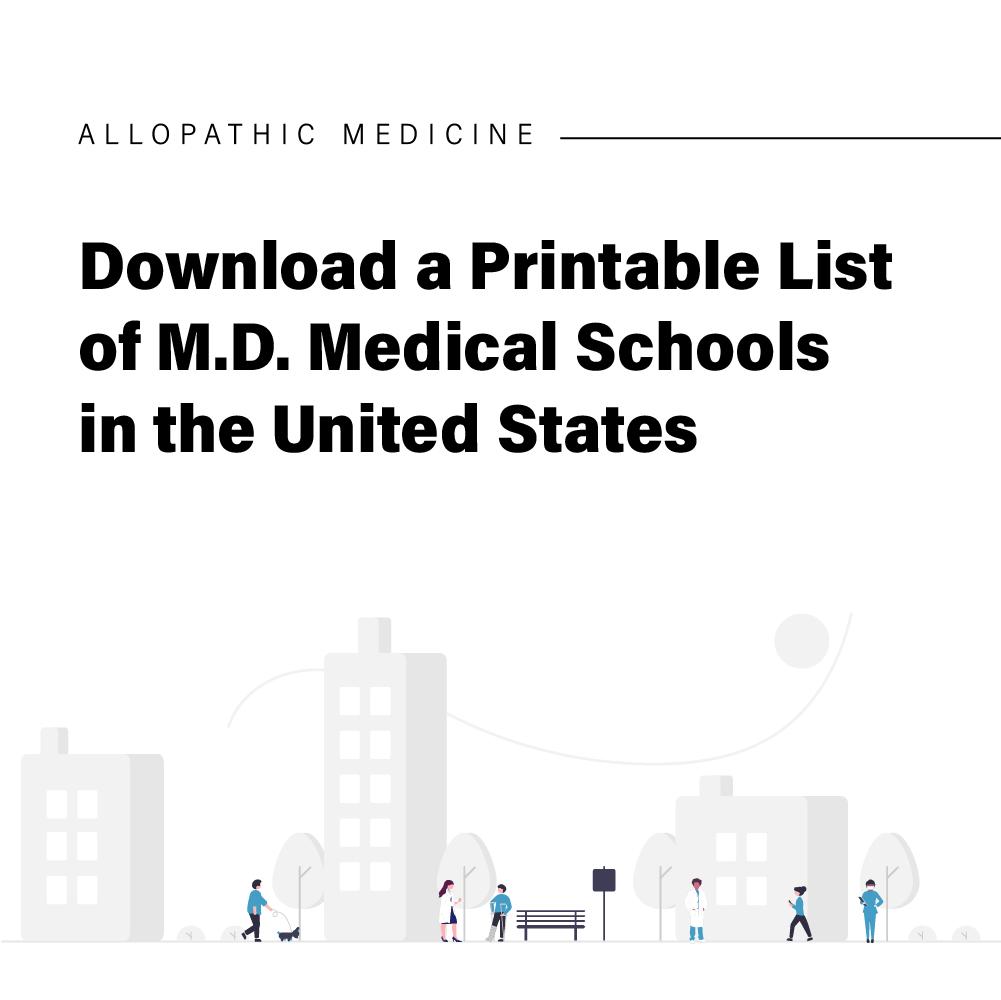Shadowing a surgeon may seem straightforward–stand in the back and be quiet, but ask questions. However, during the time of surgery, it may seem a little intimidating to ask questions about the procedure. Most likely, the OR will be full of nurses, surgical technicians, interns, or residents that are working alongside the primary surgeon. While you don’t want to be a distraction, you also don’t want to be a fly on the wall.
To make the most of your surgery shadowing experience, ask the physician you will be shadowing for tips on how to prepare. If they tell you to just show up and you’re at a bit of a loss for understanding OR etiquette, this article will help you.
Before learning how to shadow surgeries, check out our article on how to get shadowing experience as a premedical student.
1. Research and study procedures and anatomy of the medical procedure you will be observing.
A couple days before your shadowing appointment, review and study the procedure you will be observing. Doing so will help you understand every step of the process. If you are shadowing a surgeon who also teaches at a university hospital or a training hospital, he/she may be used to talking to students during surgery. However, this may not always be the case. You don’t need to understand complex cases or memorize everything in detail of the procedure. Just study enough to remember the general steps, purpose, and goal of the surgery. It is also extremely helpful to be familiar with the anatomy involved in the surgery.
Doing your research beforehand will ensure that you ask educated questions. If you come across anything during your review that you don’t quite understand, write it down and ask either during or after the surgery is over. Doing research and coming prepared will also show the doctor you are serious about your career in medicine.
2. Have a healthy breakfast and hydrate the night before.
Depending on the procedure or speciality that you are shadowing, surgeries may take several hours up to a full work day. To avoid taking many breaks, wake up early enough to have a good breakfast. Try not to drink too much water the day of and instead, do all of your hydrating the night before. Taking too many breaks may be distracting not only for you, but for the OR staff as well.
3. Dress professionally, but wear base layers.
Before the surgery, you will be picking up scrubs in a nurse’s or doctor’s lounge and changing into them. However, dressing professionally will help you make an entrance and let everyone know that you are serious about learning. Underneath your clothes (blazer/sweater with collared shirt under/slacks), wear base layers because your scrubs will be loose and the OR will be cold!
Bring a very small backpack for your clothes and bring a change of shoes–think comfortable, like walking shoes. Unless you are given a seat, which is very rare. You will most likely be standing in the back of the OR while you observe. Those base layers and comfy shoes will come in handy. Ladies, wear minimal makeup because you will wear a mask for the entire surgery.
4. Be punctual. Even better–be early.
Surgeries are not only conducted by the surgeon. They are run by an entire staff of nurses, technicians, administrators, clinical coordinators, surgical students and residents. As a learner yourself, you are accountable to the entire OR staff.
To make the best impression, show up early–at least 30 minutes before the time you are scheduled to be in the OR. While it is very common for surgeries to get pushed back, coming early will help you plan extra time for unforeseen delays, such as getting lost, losing your scrubs or keys, or having transportation troubles.
To make sure you are early, factor in the time it will take you to have a good breakfast, commute, change, find a place to put your backpack, and find the OR.
5. Be Professional and introduce yourself.
Your level of professionalism can make or break your shadowing experience. Although it is important to be yourself, you must always maintain a high level of professionalism.
Introduce yourself to the entire OR staff, including the physician or surgeon who set up this shadowing experience for you.
Be mindful of the conversations around you. For example, if the physician and OR staff are talking, do not interrupt to introduce yourself or ask questions. Remember, you are there to observe, not be a distraction.
6. Bring a pocket-sized notebook
The OR is a high intensity and sometimes fast-paced environment where it may feel out of place to ask questions. If the environment is tense or if the surgeon(s) are discussing the procedure, you may want to remember your question for a later time. To do this, bring a small notebook that fits into a shirt pocket or back pocket of your scrubs with a pen and write down your questions.
Using your cell phone may seem more practical, but it might be mistaken as disrespectful. Once your phone is out, nobody has a way to know whether you are taking notes or texting. Avoid this and bring a notebook instead.
7. Be diligent, observant, and ask questions.
Being in the OR is a time to be perceptive, observant, and diligent. The most important rule is to never break the sterile field. The sterile field will typically be marked by blue drapes or sheeting. Make sure you never rub on this area or bump into it. To ensure this doesn’t happen, keep your hands at your sides or your arms crossed unless you are writing down questions.
If you have questions and are unsure if it is an appropriate time to ask, jot down your question in your notebook. Never ask questions in front of a patient or to a patient. You are not expected nor encouraged to speak during your observation period. Wait until the procedures are over and patients are no longer in the room (if they are conscious).
8. Thank everyone in the OR.
While having one extra person in the OR does not seem like a big deal to you, it may change the dynamic of the OR. There will be less space available, the surgeon may take longer than normal because they are explaining the procedure, etc.
Therefore, it is a good idea to thank everyone in the OR when the surgery is over. This includes the staff, nurses, and the surgeon. Touching base with the physician after the surgery is over is a great opportunity to ask questions you did not get a chance to ask during the surgery.
After you discuss your questions, you can also ask when you can shadow again.
9. Shadow the same physician and keep a record.
If you are interested in pursuing a career as a surgeon, you might be inclined to explore and shadow many different surgical specialties. Although exploring your options is always a good idea, you don’t want to switch up your shadowing experiences too much or too often. Try to spend at least several months shadowing the same specialty so that you can observe a variety of procedures.
Additionally, shadowing the same physician will help you build a professional relationship and rapport with him or her. It is very common for surgeons to write recommendation letters for premed students who shadow them if they show interest, are prepared, and are engaged during the shadowing experiences. In order to ensure you will get a personalized letter of recommendation, wait until you have logged at least twenty hours shadowing the same physician before asking him/her for a letter.
If you really want to shadow a different specialty, make sure you think through the decision. For example, if the high-paced and high-intensity environment of trauma or emergency medicine makes you feel stressed and you are having a hard time learning, that is a good reason to switch. However, if you think that your first shadowing experience should be extremely exciting and it’s not, give it a chance–some surgeries are slow and take time. Learn more about the specialty and try to stay with one physician as long as possible.
Throughout your time shadowing, make a spreadsheet or master document where you keep track of your hours, the dates you shadowed, the type of procedure you observed, questions you had, and things you learned about the procedure or specialty. This will come in handy later when you ask for a letter of recommendation and apply to medical school.
[Related reading: The Ultimate Guide to Letters of Recommendation for Medical School Applications]
10. Respect patient confidentiality.
Last but not least, remember that there are guidelines for working in patient care and that patient confidentiality is protected by law. Avoid using your phone in the OR and never share information about the procedure with anyone else, never take photos, and never discuss patient information at home or even at the hospital.
The only person with whom you can discuss the procedure with is the physician in a private office. Even then, make sure to only ask focused questions about the procedure and not the patient. Part of shadowing in medicine is understanding physician-patient interactions and respecting HIPAA, the Health Insurance Portability and Accountability Act of 1996.
Further reading:
How to Get Published in a Medical Journal



